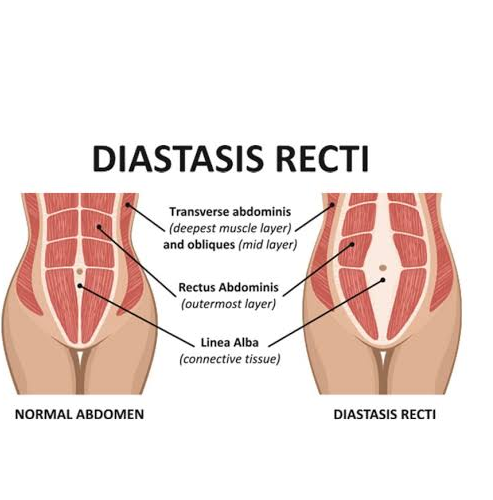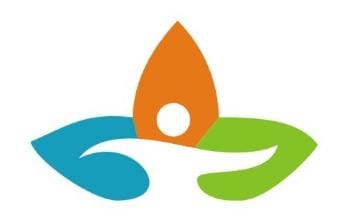+918048400576

This is your website preview.
Currently it only shows your basic business info. Start adding relevant business details such as description, images and products or services to gain your customers attention by using Boost 360 android app / iOS App / web portal.
Diastasis Recti is a condition that affects the ab...

Diastasis Recti is a condition that affects the abdominal muscles. It occurs when the connective tissue between the rectus abdominis muscles (the muscles responsible for the "six-pack" appearance) becomes stretched and weakened. This causes a separation of the muscles, resulting in a bulge or protrusion in the midline of the abdomen. Diastasis Recti commonly affects women, particularly during and after pregnancy. The growing uterus puts significant pressure on the abdominal muscles, which can lead to the development of diastasis recti. Hormonal changes during pregnancy can also make the connective tissue more lax, further increasing the risk. Awareness of diastasis recti is essential to ensure early recognition and appropriate management. Many women may not be aware that they have diastasis recti, as it can be asymptomatic or may present with subtle symptoms such as lower back pain or a weak core. However, if left untreated, diastasis recti can lead to long-term issues such as pelvic floor dysfunction, poor posture, and difficulty with abdominal muscle engagement. Physiotherapy plays a crucial role in the management of diastasis recti in women. A physiotherapist can assess the severity of the diastasis and develop an individualized treatment plan. This may involve exercises and techniques to promote healing of the connective tissue, strengthen the abdominal muscles, and improve core stability. Specific exercises targeting the transverse abdominis muscle, pelvic floor muscles, and deep back muscles are often included in the physiotherapy management. These exercises help to re-establish proper alignment and activation of the abdominal muscles, reducing the separation and improving overall core strength. Physiotherapists can also provide guidance on proper body mechanics during daily activities and advise on modifications to prevent exacerbation of the condition. They may recommend the use of supportive garments or braces to provide additional support to the abdominal muscles and facilitate healing. In severe cases, where conservative management is not sufficient, surgical intervention may be necessary. However, physiotherapy is usually the first line of treatment for women with diastasis recti, as it is non-invasive and has been shown to be effective in many cases. Overall, raising awareness about diastasis recti and the importance of seeking physiotherapy management is crucial for women's health. It can help women recognize the condition and seek appropriate treatment, leading to improved quality of life, better core function, and prevention of long-term complications.

